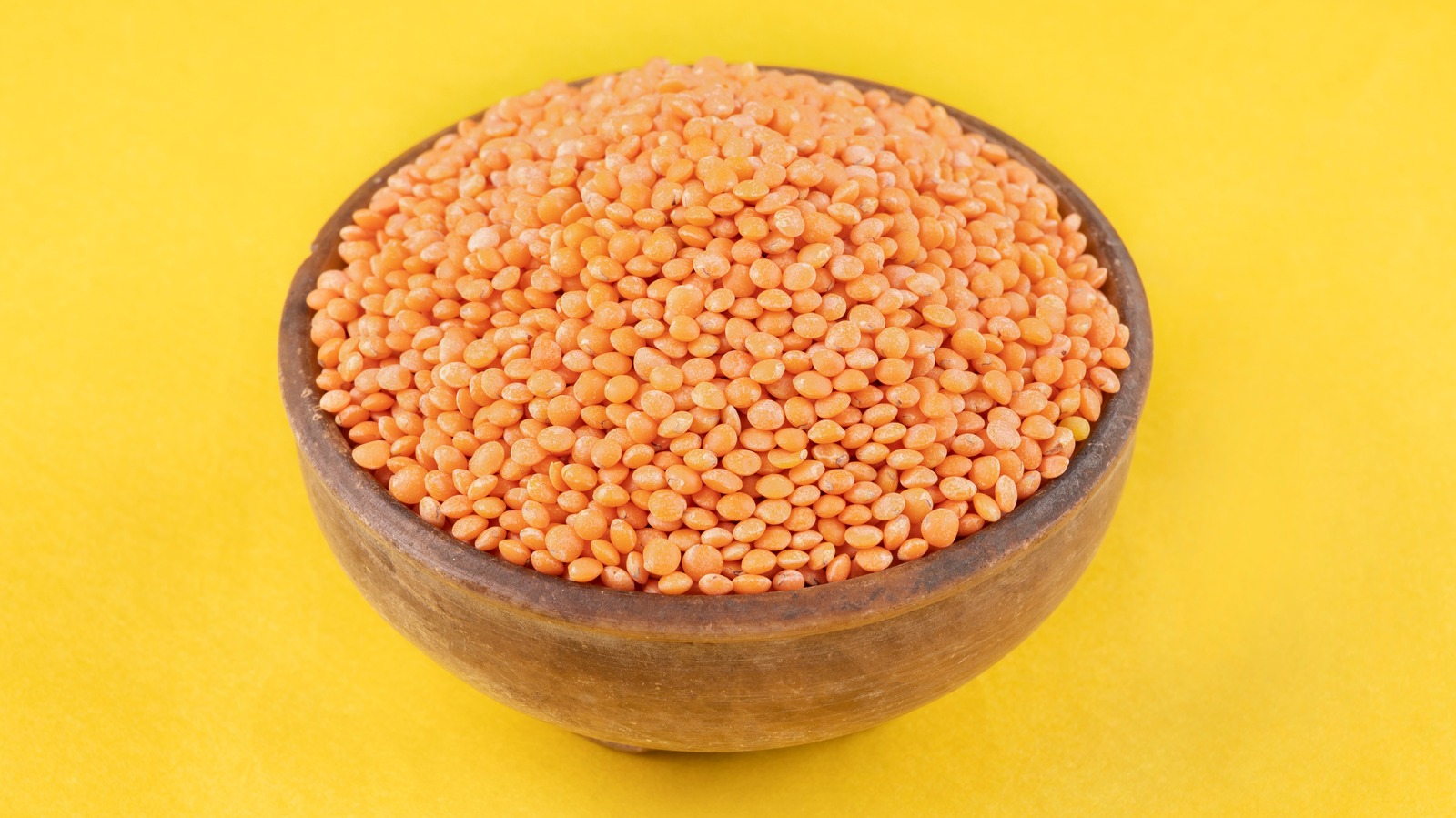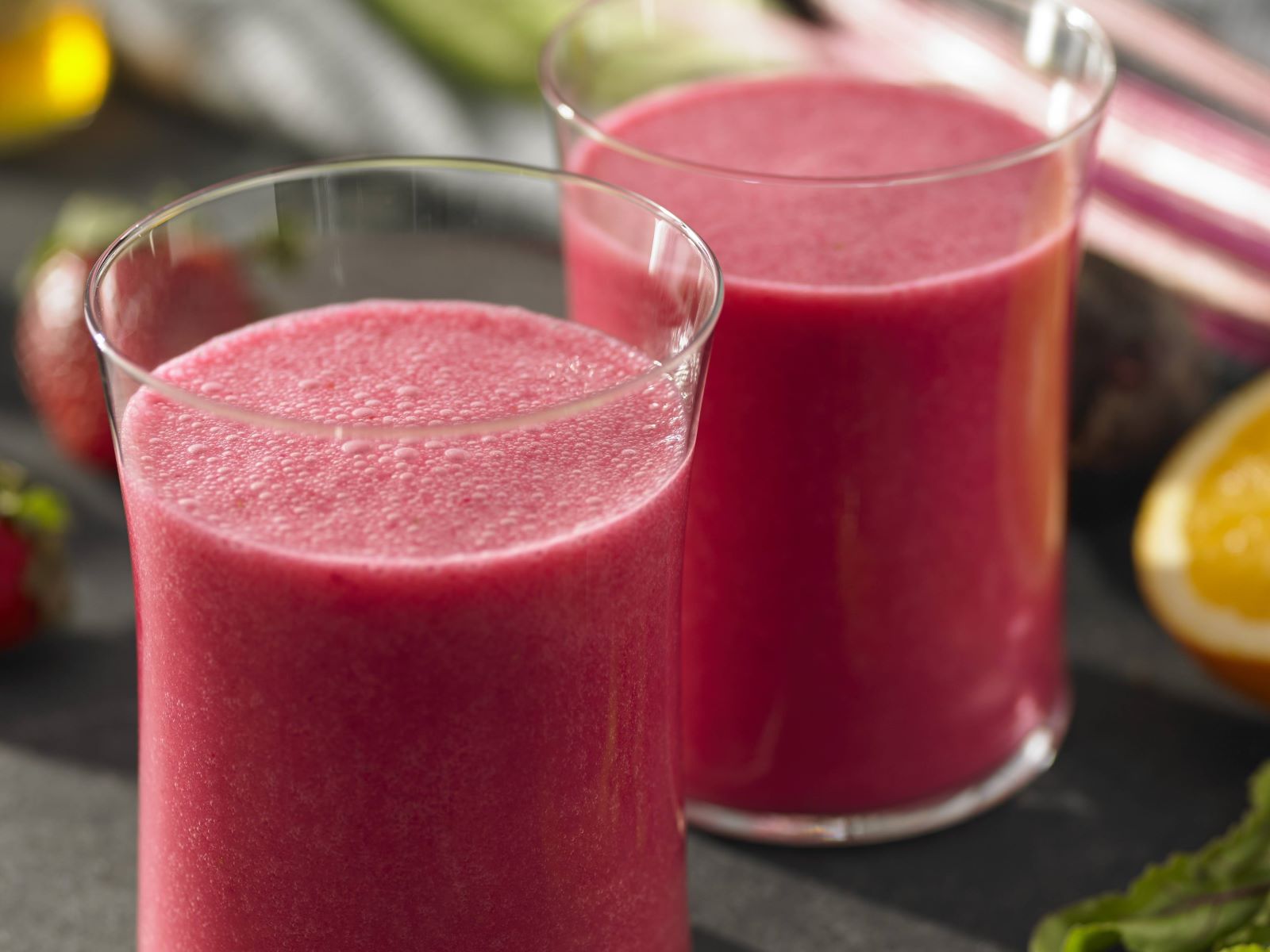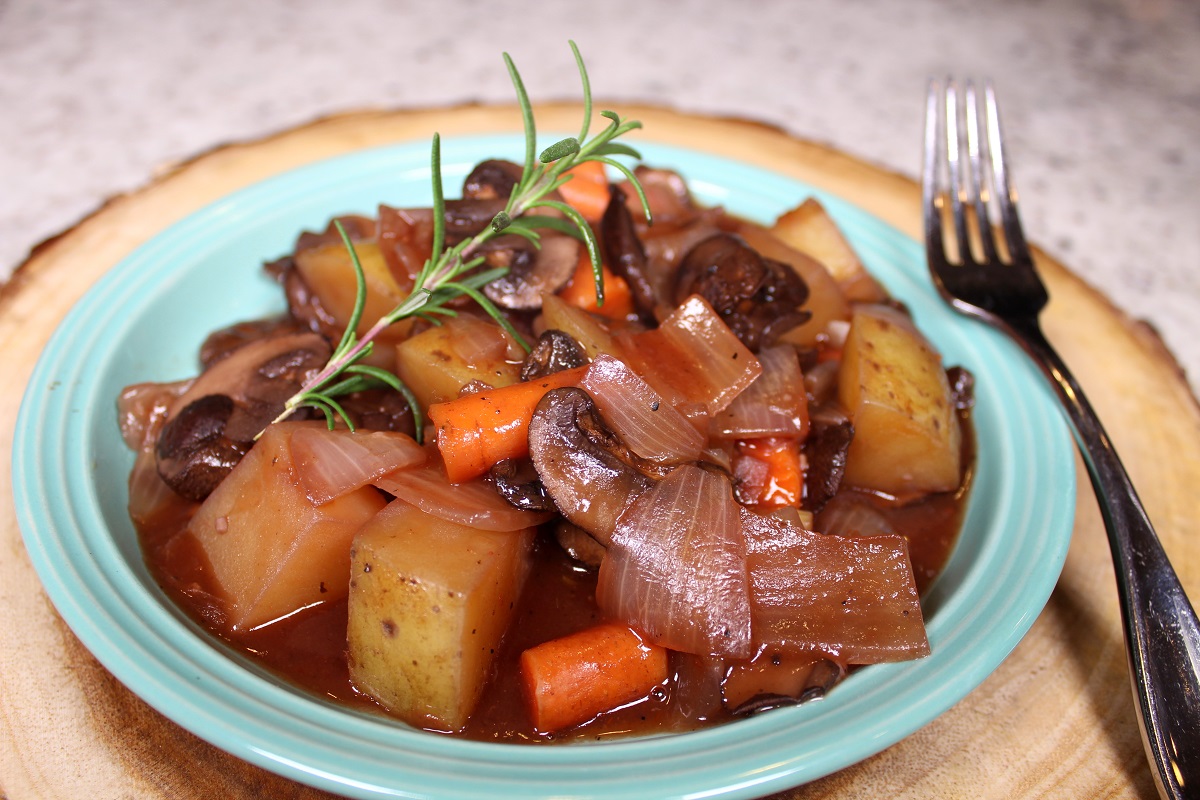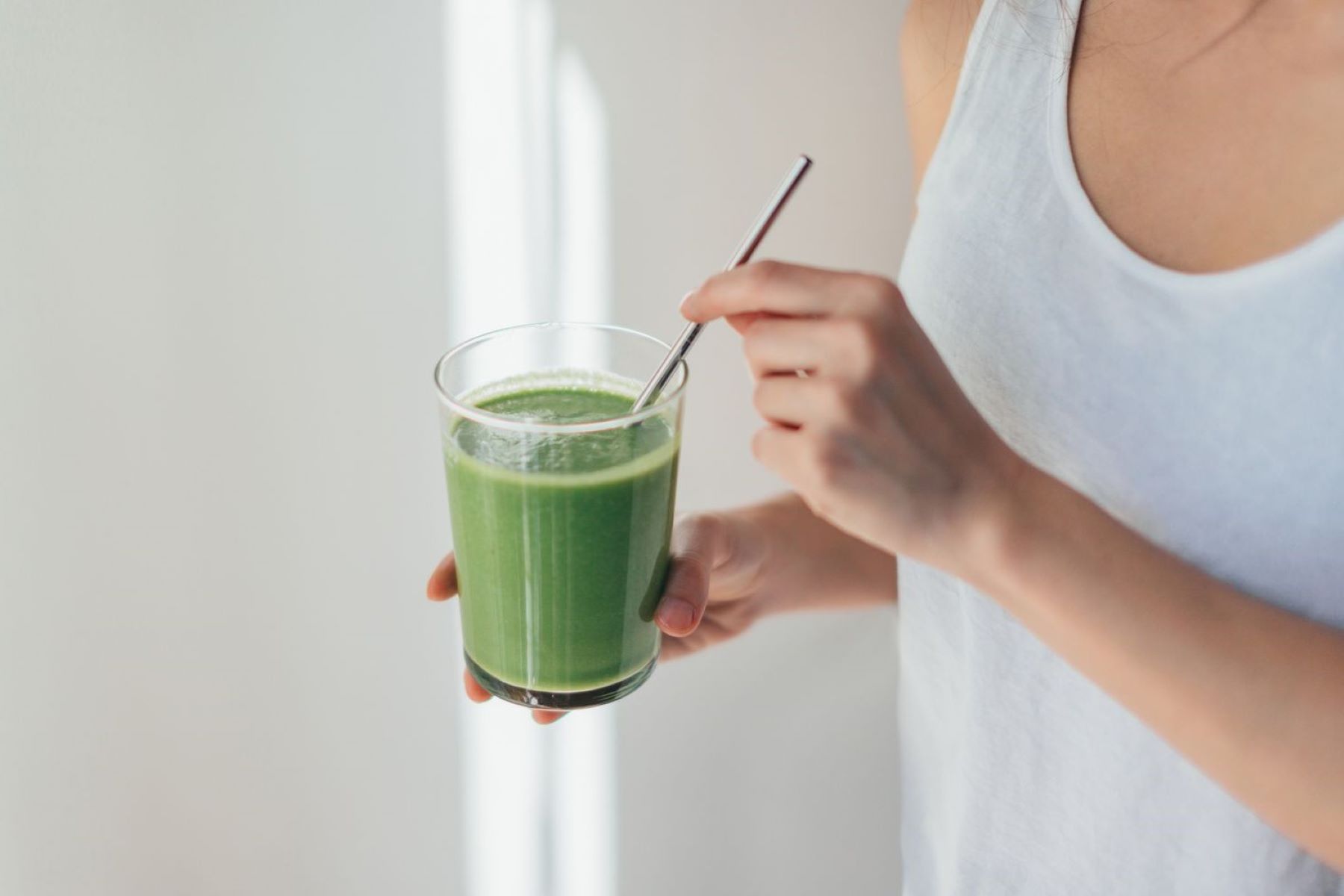Home>Eating>How To Use Smoothies To Lower Your Cholesterol Levels
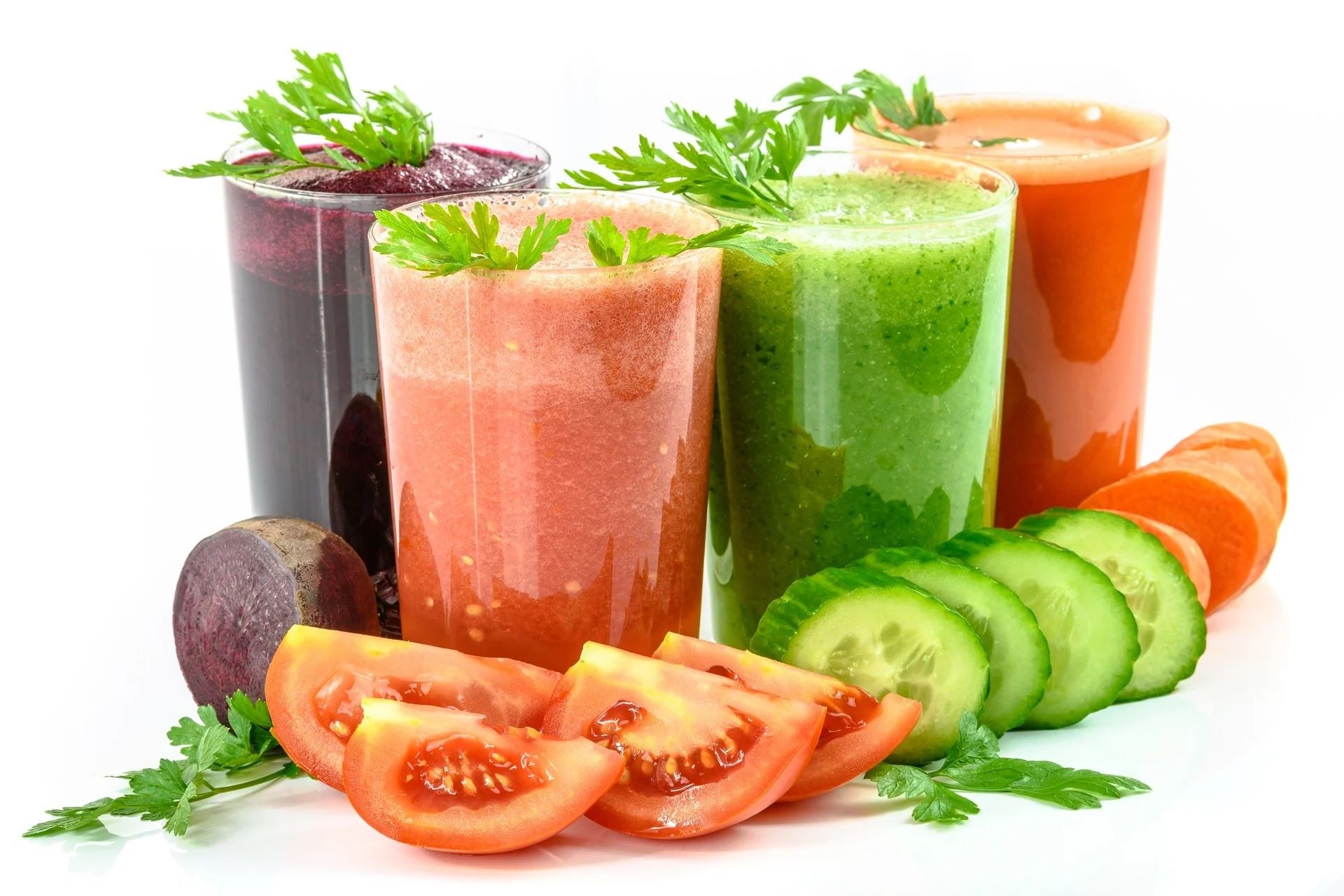

Eating
How To Use Smoothies To Lower Your Cholesterol Levels
Published: February 28, 2024
Learn how eating delicious smoothies can help lower your cholesterol levels. Discover simple recipes and tips to improve your heart health.
(Many of the links in this article redirect to a specific reviewed product. Your purchase of these products through affiliate links helps to generate commission for Simplelivingeating.com, at no extra cost. Learn more)
Table of Contents
Introduction
Are you looking for a delicious and nutritious way to lower your cholesterol levels? Look no further than smoothies! These blended beverages offer a convenient and tasty way to incorporate cholesterol-lowering ingredients into your diet. By understanding the impact of cholesterol on your health and learning how to create smoothies that specifically target cholesterol levels, you can take proactive steps towards improving your overall well-being. In this article, we will explore the benefits of using smoothies to lower cholesterol and provide you with practical tips and recipes to help you get started on your journey to better heart health. So, grab your blender and get ready to discover the power of cholesterol-lowering smoothies!
Understanding Cholesterol and Its Impact on Health
Cholesterol is a waxy, fat-like substance that is found in the cells of your body. While your body needs cholesterol to build healthy cells, having high levels of cholesterol can increase your risk of heart disease. There are two main types of cholesterol: low-density lipoprotein (LDL) and high-density lipoprotein (HDL). LDL cholesterol, often referred to as "bad" cholesterol, can build up on the walls of your arteries, leading to blockages and increasing your risk of heart attack and stroke. On the other hand, HDL cholesterol, known as "good" cholesterol, helps remove LDL cholesterol from the bloodstream, reducing the risk of heart disease. By understanding the impact of cholesterol on your health, you can make informed choices about your diet and lifestyle to manage and lower your cholesterol levels.
How Cholesterol Affects Your Health
- High levels of LDL cholesterol can contribute to the formation of plaque in your arteries, narrowing them and restricting blood flow.
- This can lead to serious health issues such as heart attacks, strokes, and other cardiovascular diseases.
- HDL cholesterol, on the other hand, helps to remove LDL cholesterol from the bloodstream, reducing the risk of heart disease.
The Role of Diet and Lifestyle
- Your diet and lifestyle choices play a significant role in determining your cholesterol levels.
- Consuming a diet high in saturated and trans fats can raise LDL cholesterol levels, while incorporating more fruits, vegetables, and whole grains can help lower cholesterol.
- Regular physical activity and maintaining a healthy weight can also contribute to healthier cholesterol levels.
Monitoring and Managing Cholesterol
- It's essential to have your cholesterol levels checked regularly, especially if you have a family history of heart disease or other risk factors.
- If your cholesterol levels are high, your healthcare provider may recommend dietary changes, exercise, and, in some cases, medication to help manage and lower your cholesterol.
By understanding the impact of cholesterol on your health and the role of diet and lifestyle in managing it, you can take proactive steps to improve your overall well-being and reduce your risk of heart disease.
Incorporating Cholesterol-Lowering Ingredients into Smoothies
When it comes to creating smoothies that specifically target cholesterol levels, incorporating the right ingredients is key. By including cholesterol-lowering foods in your smoothie recipes, you can harness their beneficial properties to support heart health. Here are some essential ingredients to consider adding to your cholesterol-lowering smoothies:
1. Oats
Oats are a rich source of soluble fiber, which can help reduce LDL cholesterol levels. By adding a serving of oats to your smoothies, you can boost their fiber content and support healthy cholesterol levels.
2. Berries
Berries, such as strawberries, blueberries, and raspberries, are packed with antioxidants and fiber, making them an excellent addition to cholesterol-lowering smoothies. The fiber in berries can help lower LDL cholesterol, while their antioxidants provide additional heart-healthy benefits.
3. Leafy Greens
Leafy greens, including spinach, kale, and Swiss chard, are nutrient powerhouses that can contribute to lower cholesterol levels. These greens are rich in vitamins, minerals, and antioxidants, and their inclusion in smoothies can enhance their cholesterol-lowering potential.
Read more: Delicious Recipes Using Preserved Lemons
4. Avocado
Avocados are a source of monounsaturated fats, which have been shown to help raise HDL cholesterol levels while lowering LDL cholesterol. Adding a creamy texture and heart-healthy fats, avocados can be a valuable addition to cholesterol-lowering smoothies.
5. Nuts and Seeds
Nuts and seeds, such as almonds, walnuts, chia seeds, and flaxseeds, are rich in heart-healthy fats, fiber, and plant sterols, all of which can contribute to improved cholesterol levels. Including a small serving of nuts or seeds in your smoothies can provide a nutritional boost for heart health.
6. Greek Yogurt
Greek yogurt is a good source of protein and probiotics, which can support overall heart health. Opting for low-fat or non-fat Greek yogurt in your smoothies can add creaminess and a dose of heart-healthy nutrients.
7. Turmeric
Turmeric contains curcumin, a compound with anti-inflammatory and antioxidant properties. Research suggests that curcumin may help lower LDL cholesterol and prevent plaque buildup in the arteries, making it a valuable addition to cholesterol-lowering smoothies.
By incorporating these cholesterol-lowering ingredients into your smoothies, you can create delicious and nutritious blends that actively support your heart health. Experiment with different combinations and flavors to find the perfect cholesterol-lowering smoothie recipes that work for you.
Sample Cholesterol-Lowering Smoothie Recipes
Now that you're familiar with the cholesterol-lowering ingredients to include in your smoothies, it's time to put your knowledge into action with some delicious and heart-healthy recipes. These sample recipes are designed to help you create flavorful and nutritious smoothies that actively support your efforts to lower your cholesterol levels. Feel free to customize these recipes to suit your taste preferences and dietary needs, and get ready to blend your way to better heart health!
1. Berry Oat Blast
- 1/2 cup oats
- 1 cup mixed berries (strawberries, blueberries, raspberries)
- 1 handful of spinach
- 1 tablespoon chia seeds
- 1 1/2 cups unsweetened almond milk
- 1/2 cup Greek yogurt
- Honey or maple syrup (optional, for sweetness)
2. Green Avocado Delight
- 1/2 ripe avocado
- 1 small banana
- 1 cup kale leaves
- 1/4 cup almonds
- 1 tablespoon flaxseeds
- 1 1/2 cups coconut water
- A squeeze of fresh lime juice
3. Tropical Turmeric Twist
- 1/2 cup pineapple chunks
- 1/2 cup mango chunks
- 1 teaspoon turmeric
- 1/2 inch fresh ginger, peeled
- 1 tablespoon coconut flakes
- 1 1/2 cups coconut milk
- A dash of cinnamon
Read more: Lebanese Lentil Rice: How To Make Mujadara
4. Nutty Banana Crunch
- 2 ripe bananas
- 1/4 cup walnuts
- 1 tablespoon almond butter
- 1/2 teaspoon vanilla extract
- 1 cup spinach
- 1 1/2 cups unsweetened soy milk
- A sprinkle of cinnamon
5. Creamy Blueberry Bliss
- 1 cup blueberries
- 1/2 cup cooked quinoa, cooled
- 1/2 cup Greek yogurt
- 1 tablespoon honey
- 1 teaspoon vanilla extract
- 1 1/2 cups unsweetened almond milk
- A handful of ice cubes
These recipes are just a starting point for your cholesterol-lowering smoothie journey. Feel free to experiment with different combinations of fruits, vegetables, nuts, seeds, and spices to create your own signature cholesterol-lowering smoothie blends. With a bit of creativity and a willingness to explore new flavors, you can enjoy the benefits of these heart-healthy beverages while actively supporting your cholesterol-lowering goals. Cheers to delicious and nutritious smoothies that are good for your heart!
Tips for Incorporating Smoothies into a Cholesterol-Lowering Diet
When it comes to incorporating smoothies into a cholesterol-lowering diet, there are several tips and strategies that can help you make the most of these nutritious beverages. By integrating smoothies into your daily routine in a thoughtful and intentional manner, you can maximize their impact on your cholesterol levels and overall heart health. Here are some practical tips to consider as you embark on your journey to use smoothies as a tool for lowering cholesterol:
1. Replace Unhealthy Snacks with Smoothies
Instead of reaching for processed snacks high in saturated fats and sugars, consider swapping them out for a cholesterol-lowering smoothie. This can help you reduce your overall intake of unhealthy fats and increase your consumption of heart-healthy ingredients found in smoothies.
2. Enjoy a Smoothie as Part of Your Breakfast
Starting your day with a cholesterol-lowering smoothie can set a positive tone for your dietary choices. By incorporating oats, berries, and other heart-healthy ingredients into your morning smoothie, you can kickstart your day with a nutritious and cholesterol-friendly meal.
3. Use Smoothies as Post-Workout Recovery Fuel
After a workout, your body can benefit from a blend of protein, healthy fats, and carbohydrates to support recovery. Consider incorporating smoothies with ingredients like Greek yogurt, nuts, and fruits to replenish your energy stores and aid in muscle repair.
4. Experiment with Different Flavors and Ingredients
Keep your smoothie routine exciting by experimenting with a variety of flavors and ingredients. This can help prevent flavor fatigue and keep you motivated to continue incorporating smoothies into your cholesterol-lowering diet.
5. Plan and Prep Smoothie Ingredients in Advance
To streamline the process of making cholesterol-lowering smoothies, consider prepping and portioning your ingredients in advance. This can make it easier to stick to your smoothie routine, especially during busy days when time is limited.
6. Be Mindful of Portion Sizes
While smoothies can be a nutritious addition to your diet, it's important to be mindful of portion sizes, especially if you're adding ingredients like nuts, seeds, or nut butters. These ingredients are calorie-dense, and consuming them in excess can impact your overall calorie intake.
7. Seek Variety in Nutrient-Dense Ingredients
Incorporate a diverse range of nutrient-dense ingredients into your smoothies to ensure that you're getting a wide array of vitamins, minerals, and antioxidants. This can contribute to overall heart health and support your cholesterol-lowering efforts.
By incorporating these tips into your approach to using smoothies as part of a cholesterol-lowering diet, you can create a sustainable and enjoyable routine that aligns with your health goals. With a bit of creativity and a willingness to explore new flavors and combinations, you can harness the power of smoothies to actively support your journey to better heart health.
Potential Risks and Considerations
While incorporating smoothies into a cholesterol-lowering diet can offer numerous benefits, it's essential to be mindful of potential risks and considerations to ensure that you're making informed choices about your dietary habits. Here are some important factors to keep in mind as you explore the role of smoothies in managing cholesterol levels:
1. Added Sugars
Some smoothie recipes may call for the inclusion of sweeteners such as honey, maple syrup, or fruit juices to enhance flavor. While these natural sweeteners can contribute to the overall taste of the smoothie, they also add extra sugars to the beverage. Consuming excessive added sugars can have adverse effects on blood sugar levels and overall health, so it's important to be mindful of the amount of sweeteners used in your smoothie recipes.
2. Caloric Intake
Smoothies can be calorically dense, especially when they contain high-fat ingredients like nuts, seeds, or nut butters. While these ingredients offer valuable nutrients, consuming large portions of calorie-rich smoothies without considering their impact on your overall caloric intake can lead to weight gain. It's important to strike a balance and be mindful of portion sizes, especially if you're using smoothies as meal replacements.
3. Nutrient Imbalance
Relying solely on smoothies for a significant portion of your daily nutrient intake can potentially lead to a lack of dietary variety. While smoothies can be packed with essential vitamins, minerals, and antioxidants, they may not provide the full spectrum of nutrients that a well-rounded diet offers. It's important to complement smoothie consumption with a diverse range of whole foods to ensure that you're meeting your body's nutritional needs.
4. Allergies and Sensitivities
Certain ingredients commonly found in smoothies, such as nuts, seeds, dairy, and fruits, can be allergens for some individuals. It's crucial to be aware of any food allergies or sensitivities you may have and to carefully select ingredients for your smoothies to avoid adverse reactions. Additionally, if you're sharing smoothies with others, be mindful of their potential allergens as well.
5. Interactions with Medications
If you're taking medications to manage cholesterol levels or other health conditions, it's important to consider potential interactions between certain ingredients in smoothies and your medications. For example, grapefruit and its juice can interact with certain medications, affecting their effectiveness. Consult with your healthcare provider or a registered dietitian to ensure that the ingredients in your smoothies align with your medication regimen.
6. Dental Health
Smoothies that contain acidic or sugary ingredients can potentially impact dental health, especially if consumed frequently. Acidic fruits and sweeteners can contribute to tooth enamel erosion and cavities over time. It's important to practice good oral hygiene and consider consuming smoothies through a straw to minimize direct contact with teeth.
By being aware of these potential risks and considerations, you can approach the incorporation of smoothies into your cholesterol-lowering diet with a well-rounded understanding of how to maximize their benefits while mitigating any potential drawbacks. Making informed choices and being mindful of these factors can help you create a balanced and sustainable approach to using smoothies as part of your overall heart-healthy lifestyle.
Conclusion
In conclusion, smoothies can be a valuable addition to a cholesterol-lowering diet, offering a convenient and delicious way to incorporate heart-healthy ingredients into your daily routine. By understanding the impact of cholesterol on your health and the role of diet and lifestyle in managing it, you can make informed choices about the ingredients you use in your smoothies to actively support your efforts to lower cholesterol levels. Whether you're blending up a berry oat blast for breakfast or enjoying a creamy blueberry bliss as a post-workout refresher, the versatility of smoothies allows you to tailor them to your taste preferences and nutritional needs. However, it's important to be mindful of potential risks and considerations, such as added sugars, caloric intake, nutrient balance, allergies, medication interactions, and dental health, to ensure that you're maximizing the benefits of smoothies while minimizing any potential drawbacks. With the right ingredients, portion control, and a balanced approach, you can harness the power of smoothies to actively contribute to better heart health and overall well-being. So, grab your blender, get creative, and raise a glass to the delicious and nutritious journey of using smoothies to lower your cholesterol levels!

